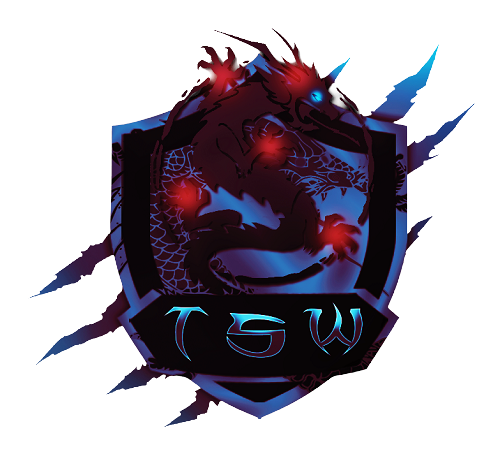Also known as attack potency or busting levels, destructive capacity is as straight forward as its name implies, how much something can destroy. Attack potency is measured by damage capable of being done by a singular attack or technique. Here are the levels of destructive capacity in order from smallest to highest:
- Micro (levels invisible to the human eye, specification of the level is recommended)
- Dwarf (anything so low that a human could perform it by accident such as crushing an insect)
- Below human (anything under what an average human teen could do)
- Human (Average human level)
- Street level (Basically around wood tile or brick breaking, high to peak human status)
- Wall (also tree)
- Building (small buildings)
- Large building
- City block
- Multi block
- Town (also small city)
- City
- Mountain
- Island
- Country
- Large country/Small continent
- Continent
- Multi continent (Or super/mega continent, ex: Pangaea. This busting level starts at the capacity to destroy the Afro-Eurasian continent union)
- Moon
- Small planet
- Planet
- Large planet (also multi planet)
- Small star
- Star
- Large star
- Solar system (also giant star)
- Multi solar/star system
- Small galaxy
- Galaxy (starts at being capable of busting the equivalent to our Milky Way galaxy, which is above average sized)
- Multi galaxy
- Galactic Cluster (likely rarest busting category in fiction, capacity to destroy an average galactic cluster)
- Galactic Cluster+ (likely rarest busting category in fiction, capacity to destroy a galactic supercluster)
- Nigh universal (capable of busting 1% of the observable universe or more)
- Nigh universal+ (capable of busting 50% or more of our entire observable universe)
- Universe (all our estimated physical universe)
- Universe+ (Much more than our estimated physical universe, or destroying time-space of a universe as well)
- Low Multiverse (Aka multi universe: universes with multiple realms capable of being universe sized each or a extremely small multiverse, formed by 1-50 different universal zones)
- Low Multiverse+ (Aka multi universe+: universes with multiple realms capable of being universe sized each or a extremely small multiverse, formed by 51-1000 different universal zones)
- Multiverse (Multiverse formed by thousands of universes)
- Multiverse+ (Multiverse formed by millions of universes)
- High multiverse (Multiverse with billions of universes or more)
- High multiverse+ (Multiverse with innumerable to infinite amount of universe)
- Metaverse (Also known as hyperverse or megaverse, small amounts of high/large multiverses, transcendence over multiversal status)
- Metaverse+ (Also known as hyperverse or megaverse, large amounts of high/large multiverses, like those in Marvel, transcendence over multiversal status)
- Omniverse (all of existence)
- The above categories are also used for durability
Note that there are also special categories for busting levels (destructive capacity), such as atomic level or life wiper.

